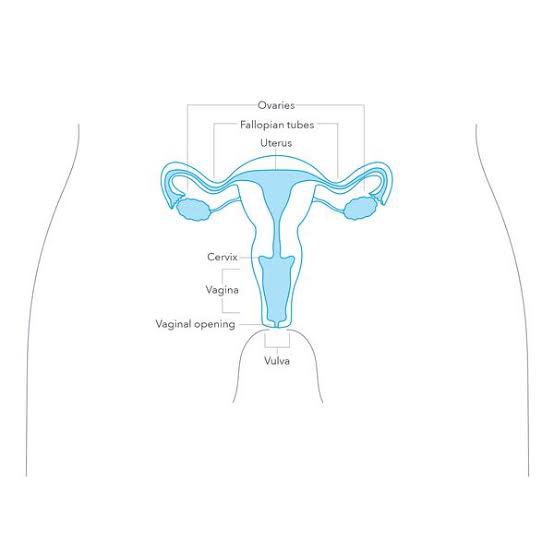
Vagina shapes front how to#
Your doctor or other care provider fits you for the device and shows you how to clean and reinsert it on your own. A pessary does not fix or cure the actual prolapse, but the extra support the device provides can help relieve symptoms. A vaginal pessary is a plastic or rubber ring inserted into your vagina to support the bladder. These exercises can help improve your symptoms, but may not decrease the size of the prolapse. Biofeedback involves using monitoring devices that help ensure you're tightening the proper muscles with optimal intensity and length of time. Kegel exercises may be most successful at relieving symptoms when the exercises are taught by a physical therapist and reinforced with biofeedback. Your provider or a physical therapist can give you instructions for how to do these exercises and can help you determine whether you're doing them correctly. These exercises - often called Kegel exercises or Kegels - help strengthen your pelvic floor muscles, so they can better support your bladder and other pelvic organs. If you do have symptoms of anterior prolapse, first line treatment options include: Your provider may recommend a wait-and-see approach, with occasional visits to monitor your prolapse. Mild cases - those with few or no obvious symptoms - typically don't require treatment.

Treatment depends on whether you have symptoms, how severe your anterior prolapse is and whether you have any related conditions, such as urinary incontinence or more than one type of pelvic organ prolapse. A health care provider can fit a pessary and help provide information about which type would work best.

The device fits into the vagina and provides support to vaginal tissues displaced by pelvic organ prolapse. Your provider might also run a test on a urine sample to look for signs of a bladder infection, if it seems that you're retaining more urine in your bladder than is normal after urinating. If you have significant prolapse, you might be tested to see how well and completely your bladder empties.

This information also helps guide treatment decisions. You may fill out a form that helps your provider assess your medical history, the degree of your prolapse and how much it affects your quality of life.

To check the strength of your pelvic floor muscles, you'll be asked to contract them, as if you're trying to stop the stream of urine. You'll likely be asked to bear down as if during a bowel movement to see how much that affects the degree of prolapse. During the exam, your provider looks for a tissue bulge into your vagina that indicates pelvic organ prolapse. You may be examined while lying down and possibly while standing up. Diagnosis of anterior prolapse may involve:


 0 kommentar(er)
0 kommentar(er)
